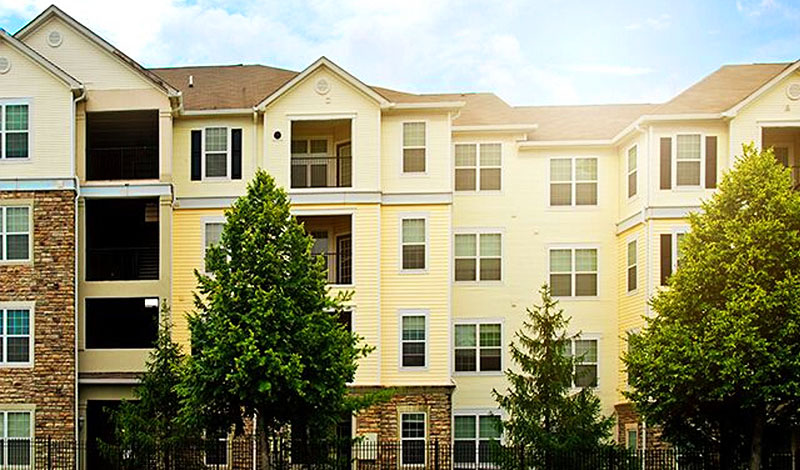Are you looking to reduce operating costs, increase occupancy rates and enhance the value of your properties? These targeted upgrades can save energy and more.
According to the U.S. Census Bureau, multifamily buildings make up nearly 31% of the nation’s housing, and that number is growing. The cost of energy is a growing concern for property owners and residents alike. By focusing on energy efficiency, you can reduce operating costs and improve resident satisfaction. You can also increase occupancy rates and raise property values.
Energy-saving products
The following upgrades in apartment units and throughout your facility will increase energy efficiency while making your property more attractive and affordable.
LED lighting uses 75% less energy than conventional lights and lasts much longer. LEDs also provide vivid, high-quality light. By installing LEDs in apartments and throughout your property inside and out, you can save energy, reduce maintenance costs and improve security.
Lighting controls, such as occupancy sensors, motion sensors and timers in common areas inside and outside, can ensure that you have light when and where it’s needed, while avoiding wasting energy lighting empty spaces.
LED exit signs cost less to operate than traditional illuminated signs because of their energy efficiency and long life. Although they may cost more to purchase, they more than pay for themselves in lower energy and maintenance costs.
Smart thermostats in residential spaces save on heating and cooling costs by automatically adjusting room temperatures based on occupancy schedules. They also come with advanced features, such as self-programming and remote control.
Water-efficient fixtures, such as low-flow showerheads and faucet aerators, can conserve water and reduce the amount of energy needed for water heating.
ENERGY STAR®-certified appliances are perfect for common laundry facilities and residential spaces. They are independently tested to meet strict energy performance requirements set by the U.S. Environmental Protection Agency. You’ll save on energy costs, and high-performance appliances make a great selling point for prospective residents. There is also a rebate finder on the site to see if anything you are searching for qualifies.
HVAC upgrade
If your heating and cooling systems are older or in need of repair, consider upgrading to high-efficiency heat pumps. Heat pumps provide year-round comfort by transferring heat inside or outside your building.
Air-source heat pumps utilize outdoor air, while water-source units use water from a central system. Ground-source heat pumps take advantage of the relatively stable temperatures underneath the ground. Air-source models are common and cost-effective upgrade options. Additionally, options like ductless mini-splits, multi-zone systems and variable refrigerant flow (VRF) systems can be used for individual units or entire buildings.
Although these upgrades are a great place to start, building owners and managers can’t do it alone. Show residents the measures you’ve taken to make your property more energy-efficient and educate them on ways to save energy and live more sustainably.
